Home>Interior Design>How To Remove Water Stains From Wood: 8 Fixes Experts Use
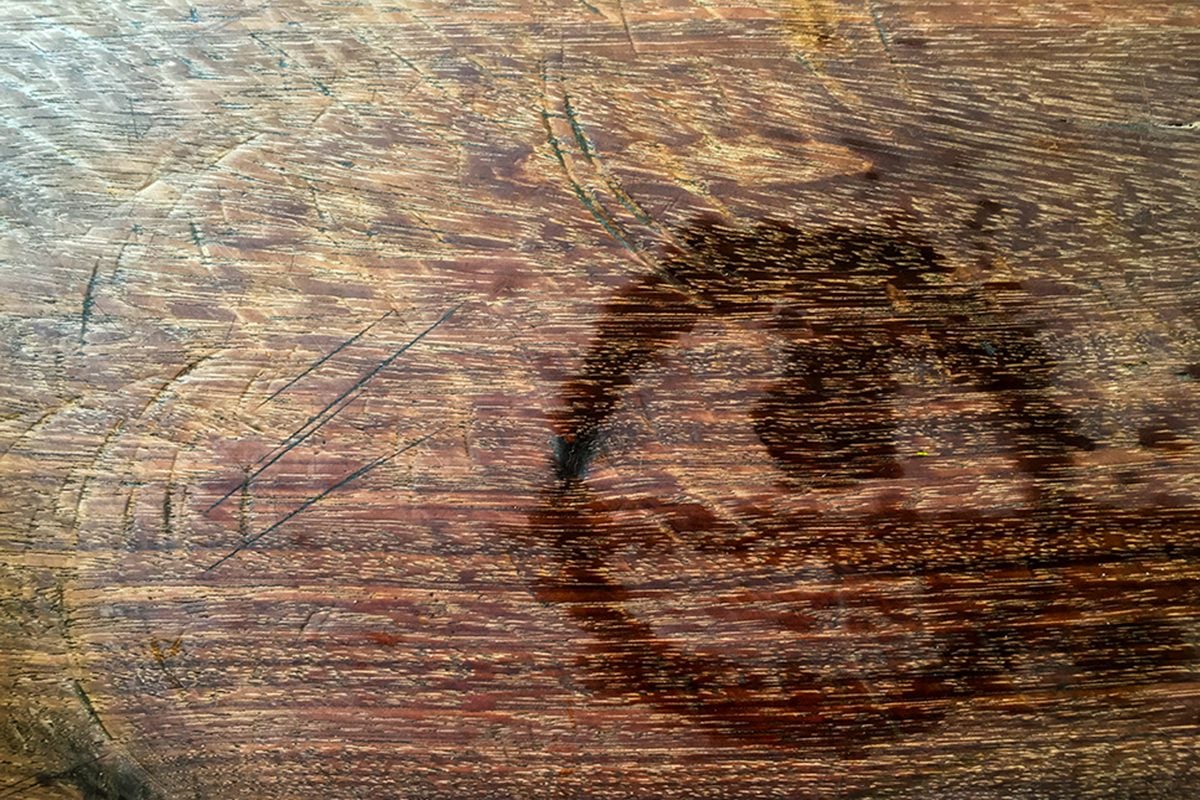

Interior Design
How To Remove Water Stains From Wood: 8 Fixes Experts Use
Modified: February 27, 2024
Learn effective methods to remove water stains from wood with these 8 expert-approved fixes. Enhance your interior design by getting rid of unsightly water marks on your wooden surfaces.
(Many of the links in this article redirect to a specific reviewed product. Your purchase of these products through affiliate links helps to generate commission for Storables.com, at no extra cost. Learn more)
Introduction
Water stains on wood surfaces can be an unsightly and frustrating problem for many homeowners. Whether caused by a spilled beverage, a leaky plant pot, or a wet glass left on a table, these stains can mar the beauty of your furniture and leave you wondering how to restore its original appearance.
Fortunately, there are several effective methods that experts use to remove water stains from wood. In this article, we will explore eight of these tried-and-true fixes. These remedies range from natural ingredients you can find in your kitchen to specialized commercial products designed specifically for wood stain removal.
Before we dive into the various methods, it’s important to note that the success of these techniques may depend on factors such as the type of wood, the severity of the stain, and the age of the stain. It’s always a good idea to test any method in a small, inconspicuous area first to ensure it doesn’t cause further damage to your furniture.
Now, let’s delve into the different methods that experts use to remove water stains from wood surfaces.
Key Takeaways:
- Say goodbye to water stains on wood with these 8 expert-approved methods, from pantry staples like vinegar and olive oil to unconventional techniques like using an iron or hair dryer.
- Exercise caution and test any method on a small area first, especially with delicate or antique wood. After removing the water stain, protect and enhance the wood’s finish with a high-quality furniture polish or wax.
Read more: How To Remove Water Stains On Wood Furniture
Method 1: Vinegar and Olive Oil
Vinegar and olive oil are commonly found pantry staples that can be used to effectively remove water stains from wood surfaces. Vinegar acts as a mild acid that helps break down the stain, while olive oil helps to restore the wood’s natural moisture and shine.
To use this method, follow these steps:
-
Mix equal parts of white vinegar and olive oil in a small bowl.
-
Dip a clean cloth into the mixture and gently rub it onto the water stain in a circular motion.
-
Continue to rub the mixture into the stain until it starts to fade.
-
Wipe off any excess mixture with a clean cloth.
If the stain persists, you can repeat the process or try using a slightly stronger solution by adding a few drops of dish soap to the vinegar and olive oil mixture. Remember to always test this method on a small area first, especially if you’re working with delicate or antique wood.
Once the stain is removed, you can further protect and enhance the wood’s finish by applying a high-quality furniture polish or wax.
It’s important to note that vinegar can have a strong smell, so ensure that the room is well-ventilated during this process. Additionally, it’s advisable to wear gloves to protect your hands and avoid direct contact with the solution.
Vinegar and olive oil can work wonders on many types of wood, but always exercise caution and consult a professional if you’re unsure about treating a specific piece of furniture.
Method 2: Baking Soda and Water
Baking soda is a versatile household ingredient that can also be used to remove water stains from wood. Its mild abrasive properties help to gently lift the stain without damaging the wood’s surface.
To utilize this method, follow these steps:
-
In a small bowl, make a paste by mixing equal parts baking soda and water.
-
Apply the paste directly onto the water stain, covering it completely.
-
Gently rub the paste into the stain using a soft cloth or sponge.
-
Continue to rub the paste into the stain in a circular motion until you see the stain starting to fade.
-
Once the stain has diminished, wipe away the paste with a clean, damp cloth.
If the stain persists, you can repeat the process or try using a slightly stronger solution by replacing the water with vinegar. As always, it’s essential to test this method on a small, inconspicuous area first to ensure it doesn’t damage the wood surface.
After removing the water stain, it’s recommended to apply a suitable wood polish or wax to restore the shine and protect the surface.
Baking soda is generally safe to use on most types of wood, but exercise caution when dealing with delicate or antique furniture. If in doubt, consult a professional for guidance on how to best treat your specific piece of wood furniture.
Method 3: Toothpaste
Believe it or not, toothpaste can also be used as an effective remedy for removing water stains from wood surfaces. The mild abrasives found in toothpaste help to gently polish away the stain without causing damage to the wood.
To use toothpaste to remove water stains, follow these steps:
-
Squeeze a small amount of non-gel toothpaste onto a soft cloth.
-
Gently rub the toothpaste onto the water stain using circular motions.
-
Continue rubbing the toothpaste into the stain until you see it starting to fade.
-
Wipe away the toothpaste residue with a clean, damp cloth.
If the stain persists, you can repeat the process or try using toothpaste with a higher percentage of baking soda, as it tends to have stronger stain-removing properties. It’s important to note that gel toothpaste may not be as effective as non-gel toothpaste for this purpose.
After successfully removing the water stain, apply a suitable wood polish or wax to restore the luster and protect the wood surface.
It’s worth mentioning that toothpaste can vary in composition, so it’s always a good idea to perform a patch test on a small, inconspicuous area of the wood before applying it to the entire stain. This will help ensure that the toothpaste does not cause any adverse effects on the finish of the wood.
Method 4: Lemon Juice and Salt
Lemon juice and salt are a powerful combination that can be used to remove water stains from wood. Lemon juice acts as a natural bleach, while the abrasive nature of salt helps to lift the stain from the surface.
To utilize this method, follow these steps:
-
Squeeze fresh lemon juice into a small bowl.
-
Add a teaspoon of salt to the lemon juice and mix well to create a paste.
-
Apply the paste directly onto the water stain.
-
Gently rub the paste into the stain using a soft cloth or sponge.
-
Continue to rub the paste into the stain in a circular motion for a few minutes.
-
Wipe away the paste with a clean, damp cloth.
If the stain is not completely removed, you can repeat the process or try using a stronger solution with a higher concentration of lemon juice and salt. It’s always recommended to test this method on a small, inconspicuous area first to ensure it doesn’t damage the wood.
After successfully removing the water stain, apply a suitable wood polish or wax to protect and restore the wood’s natural shine.
It’s important to be cautious when using lemon juice and salt on certain types of wood, such as untreated or antique wood. Their abrasive nature may cause damage or discoloration, so exercise caution and seek professional advice if needed.
Mix equal parts of white vinegar and water, then gently rub the solution onto the water stains using a soft cloth. Wipe dry and repeat if necessary.
Read more: How To Remove Wood Stain From Brick
Method 5: Mayonnaise
Did you know that mayonnaise can be a surprising solution for removing water stains from wood furniture? The oil and acidic ingredients in mayonnaise can help to nourish and lift the stain from the wood’s surface.
To use mayonnaise for water stain removal, follow these steps:
-
Dab a small amount of mayonnaise onto a soft cloth.
-
Gently rub the mayonnaise onto the water stain, ensuring the stain is fully covered.
-
Allow the mayonnaise to sit on the stain for at least an hour, or overnight for more stubborn stains.
-
Using a clean cloth, wipe away the mayonnaise and gently buff the wood surface.
If the stain remains, you can repeat the process or leave the mayonnaise on for a longer duration. Remember to test this method on a small, inconspicuous area of the wood first to ensure it doesn’t cause any adverse effects.
Once the water stain is successfully removed, apply a wood polish or wax to nourish and protect the wood surface.
It’s important to note that mayonnaise contains oils, so it may not be suitable for all types of wood finishes. Always exercise caution when using this method and consult a professional if you are unsure about treating a specific piece of wood furniture.
Method 6: Iron and Cloth
A rather unconventional yet effective method for removing water stains from wood involves the use of an iron and a cloth. This technique helps to transfer the moisture trapped in the wood to the cloth, thereby lifting the stain.
To use this method, follow these steps:
-
Preheat an iron to a low or medium heat setting without steam.
-
Place a clean, white cloth over the water stain.
-
With the iron set on the cloth, gently press and move the iron in small circular motions over the stained area.
-
Continue ironing the area for a few seconds, periodically lifting the cloth to inspect the stain.
-
Repeat the process until the water stain begins to fade or is completely removed.
It’s crucial to use a white cloth to avoid any potential transfer of dyes or colors onto the wood surface. Additionally, take care not to apply excessive heat or pressure, as this can damage or discolor the wood.
After successfully removing the water stain, it’s advisable to apply a suitable wood polish or wax to restore the wood’s shine and protect it from future damage.
Keep in mind that this method may not be suitable for certain types of wood finishes or heavily damaged areas. It’s always wise to perform a patch test in an inconspicuous area before proceeding with the iron and cloth technique.
Method 7: Hair Dryer
A hair dryer can be a surprisingly effective tool for removing water stains from wood surfaces. By using heat to evaporate the moisture trapped within the wood, this method can help to lift and disperse the water stain.
To use a hair dryer for water stain removal, follow these steps:
-
Set your hair dryer to a medium or high heat setting.
-
Direct the airflow of the hair dryer onto the water stain. Keep the dryer about six inches away from the surface.
-
Move the hair dryer around in a circular motion, evenly distributing the heat over the stain.
-
Continue the process until the water stain starts to fade or disappear.
It’s important to be patient and persistent when using this method, as it may take some time for the heat to effectively evaporate the trapped moisture. Keep in mind that excessive heat or prolonged exposure to heat can potentially damage the wood, so exercise caution and avoid excessive heat or close proximity to the wood surface.
Once the water stain is removed, ensure the wood surface is thoroughly dried and consider applying a suitable wood polish or wax to restore its natural luster and protect it from future damage.
It’s worth noting that this method is best suited for smaller water stains on relatively flat wood surfaces. For larger or more severe water damage, it’s recommended to consult a professional for proper restoration and repair.
Method 8: Commercial Wood Stain Remover
If the water stain on your wood surface is particularly stubborn or if you prefer a more specialized approach, using a commercial wood stain remover can be a reliable solution. These products are specifically designed to target and remove stains from wood surfaces effectively.
To utilize a commercial wood stain remover, follow the instructions provided by the manufacturer. Typically, the process involves the following steps:
-
Ensure the wood surface is clean and dry before applying the stain remover.
-
Use a clean cloth or sponge to apply the product directly onto the water stain.
-
Gently rub the stain remover into the stained area, following the product instructions.
-
Allow the solution to sit on the stain for the recommended amount of time. This allows the product to penetrate and break down the stain.
-
Wipe away the stain remover using a clean cloth or sponge.
-
Repeat the process if necessary until the water stain is completely removed.
It’s crucial to read and follow the instructions provided by the specific wood stain remover you choose. Different products may have different application methods and waiting times.
After successfully removing the water stain, you may need to clean the wood surface to remove any residue left behind by the stain remover. Follow the product instructions for post-treatment care and consider applying a wood polish or wax to restore the wood’s natural beauty.
Commercial wood stain removers can be effective, but it’s essential to choose a reputable brand and follow the instructions carefully. If you have concerns or doubts about using a particular product, it’s advisable to seek professional advice or hire a qualified wood restoration specialist.
Conclusion
Water stains on wood surfaces can be a frustrating and unsightly problem, but thankfully, there are several effective methods for removing them. Whether you prefer using common household ingredients like vinegar, baking soda, toothpaste, lemon juice, mayo, or utilizing unconventional techniques like using an iron, hair dryer, or opting for a commercial wood stain remover, there’s a solution that suits your needs.
When using any of these methods, it’s crucial to exercise caution, especially when dealing with delicate or antique wood. Always perform a patch test in an inconspicuous area before applying the treatment to the entire stained surface. Additionally, remember to follow the instructions provided by the specific method or the manufacturer of the commercial wood stain remover.
After successfully removing the water stain, consider applying a suitable wood polish or wax to protect the surface and restore its natural shine. Regular maintenance and proper care can go a long way in preventing future stains and keeping your wood furniture in pristine condition.
If you’re unsure or uncomfortable with tackling water stains yourself, it’s always advisable to consult a professional wood restoration specialist. They have the expertise and experience to handle a wide range of water damage and can provide tailored solutions for your specific situation.
Remember, with the right knowledge and approach, you can restore the beauty of your wood furniture and eliminate those unwanted water stains, allowing you to enjoy the elegance and warmth that wood brings to your home for years to come.
Frequently Asked Questions about How To Remove Water Stains From Wood: 8 Fixes Experts Use
Was this page helpful?
At Storables.com, we guarantee accurate and reliable information. Our content, validated by Expert Board Contributors, is crafted following stringent Editorial Policies. We're committed to providing you with well-researched, expert-backed insights for all your informational needs.
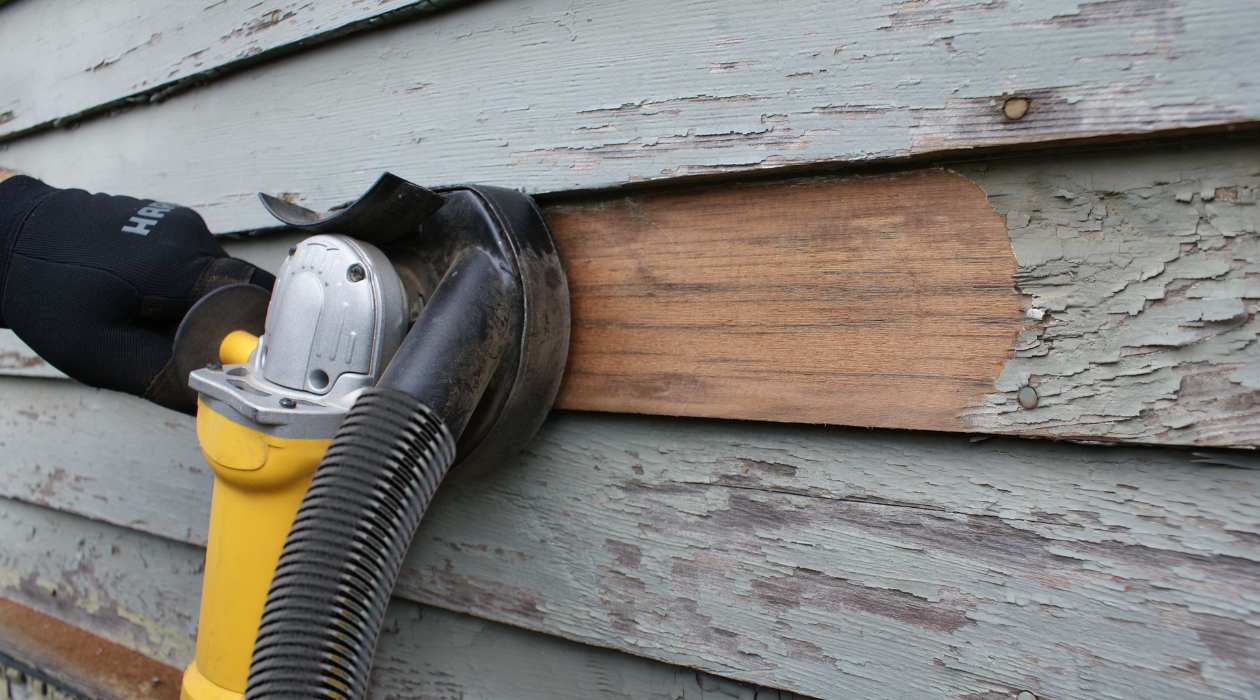
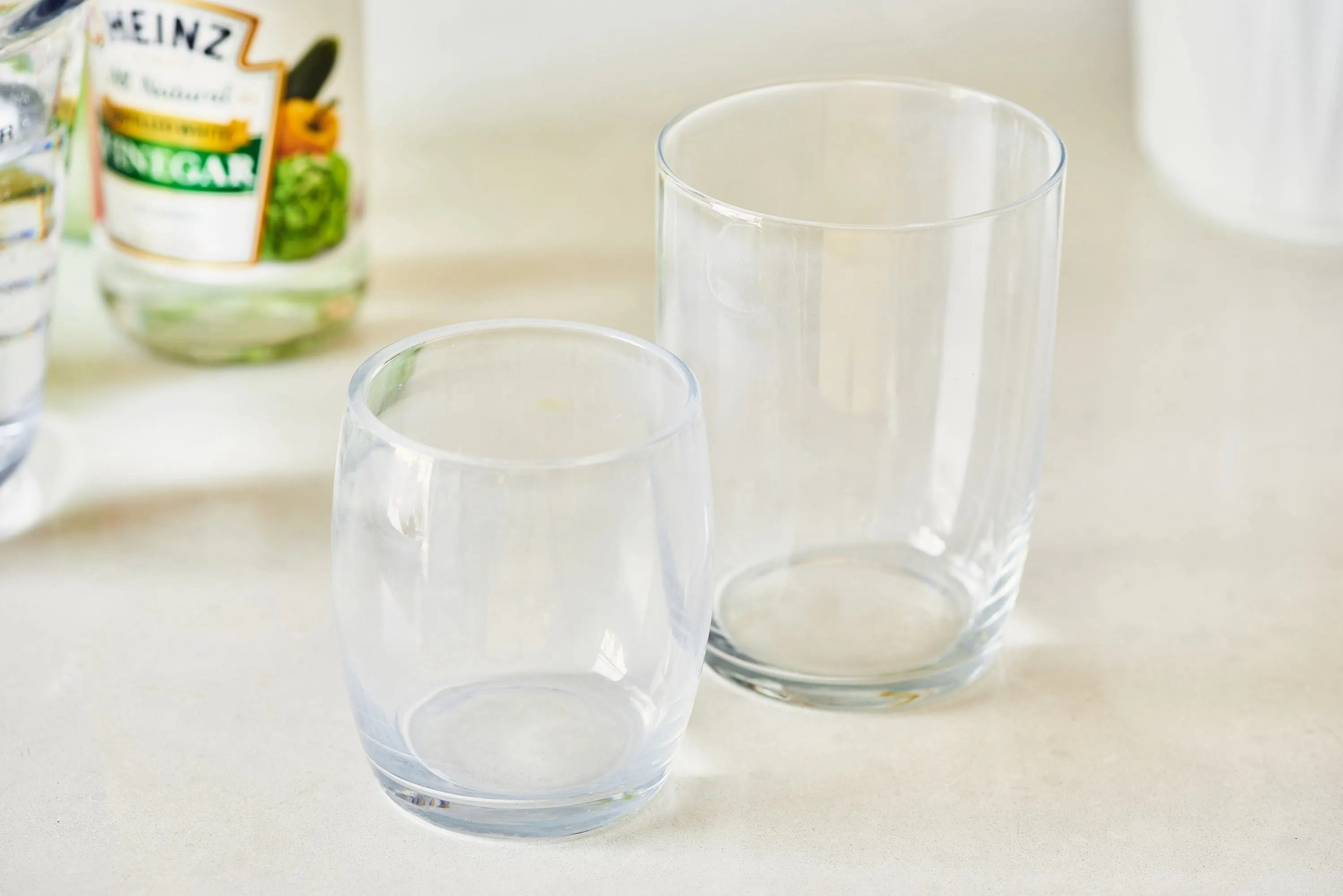
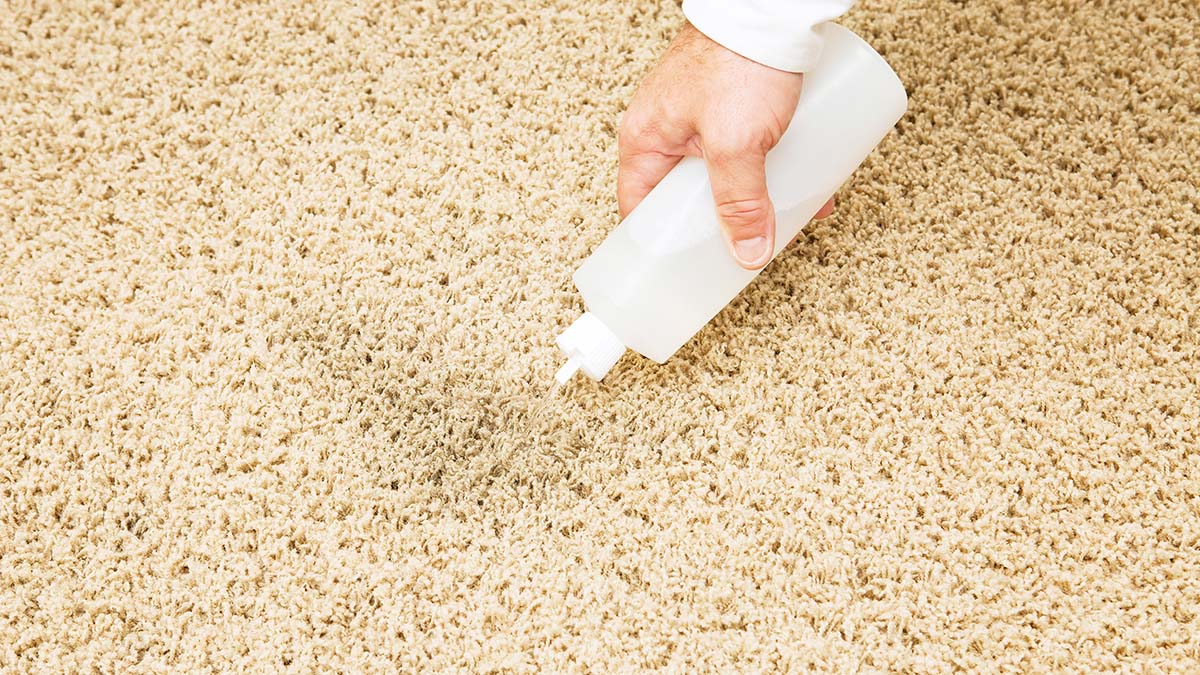
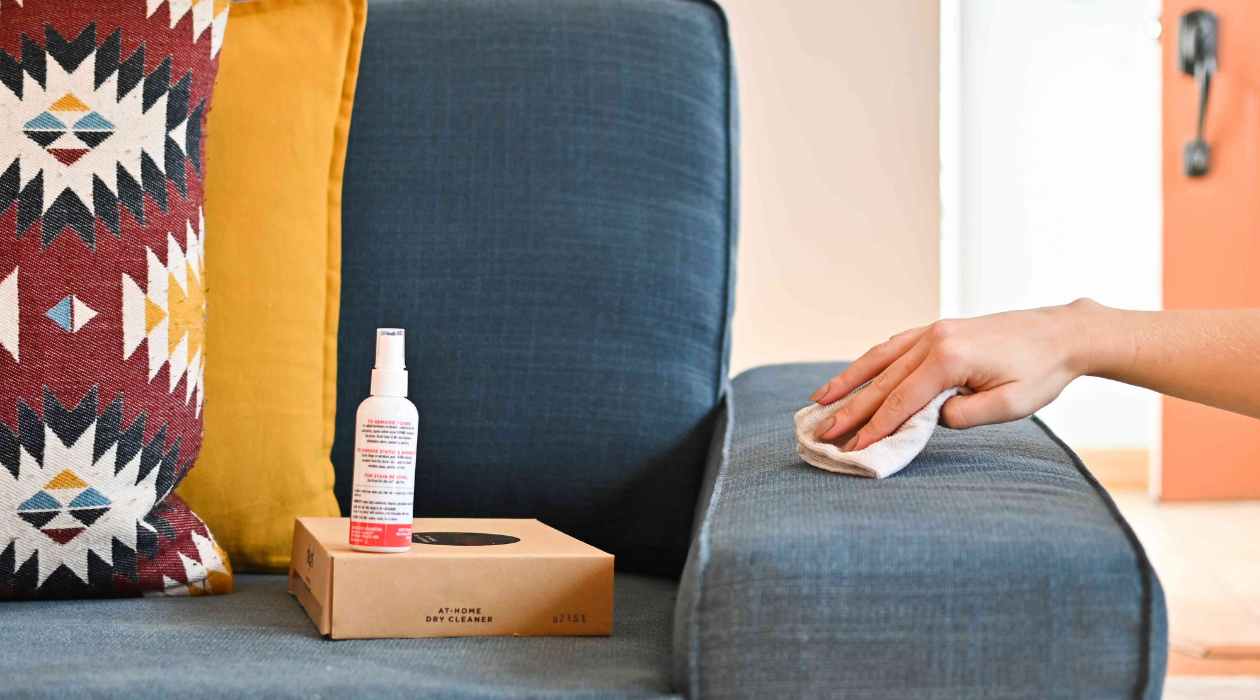
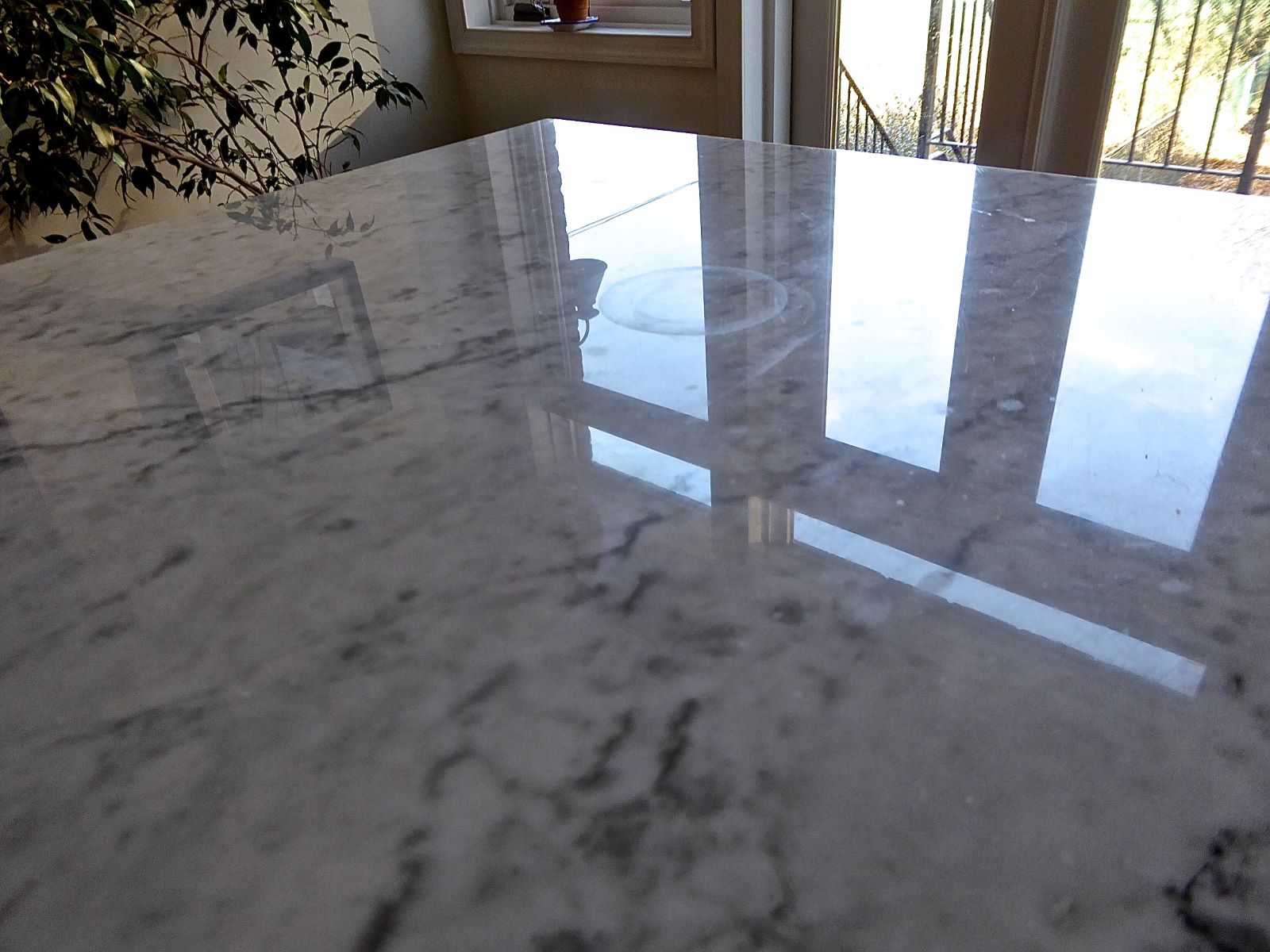
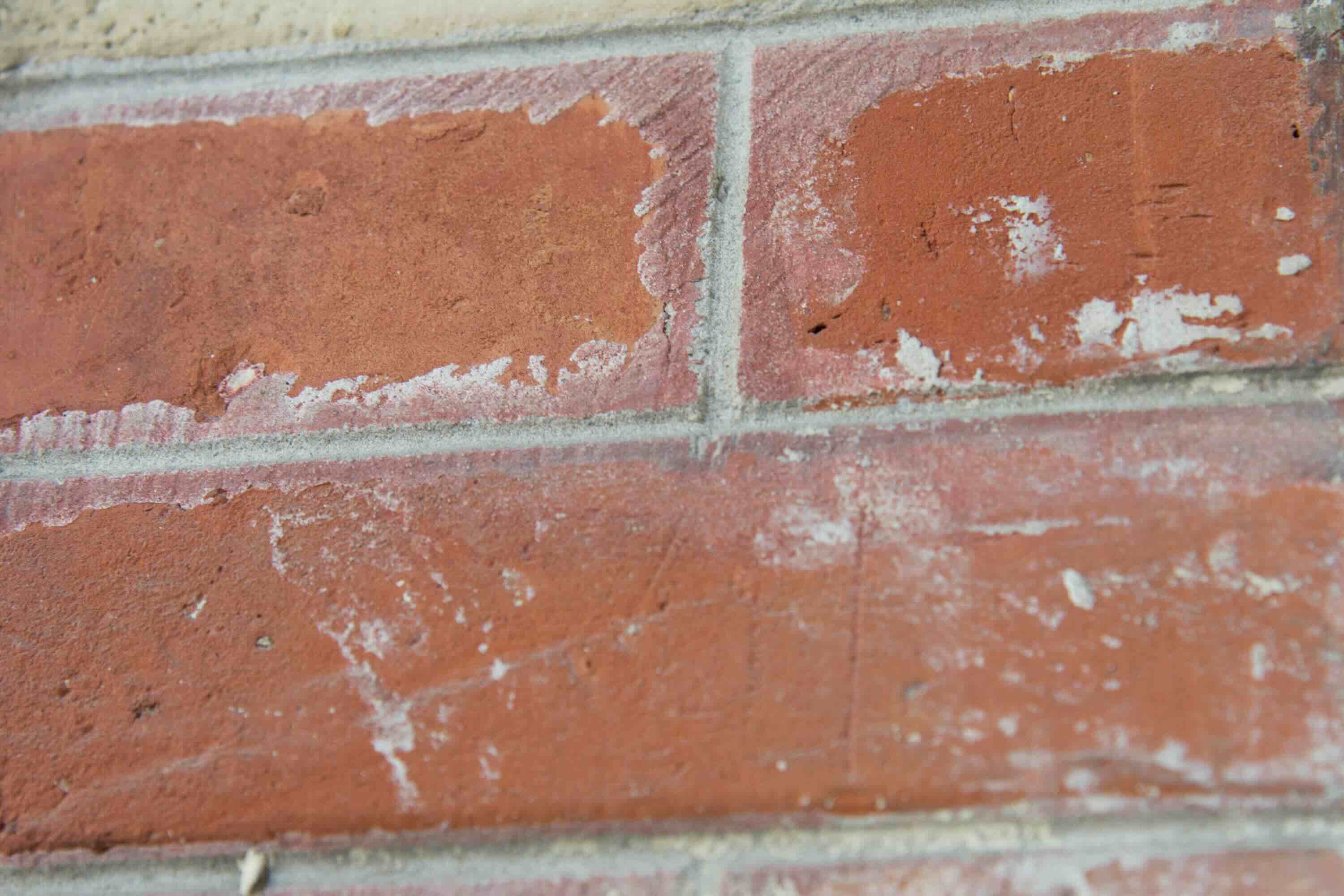
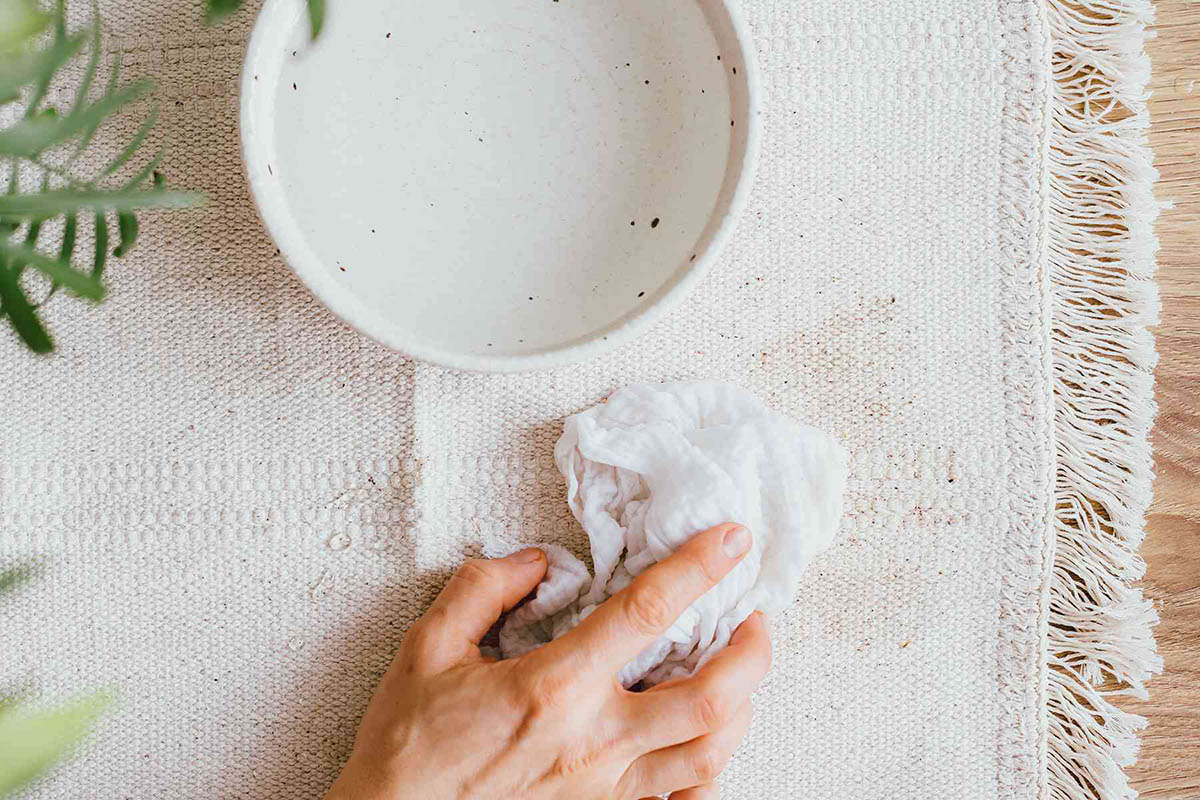
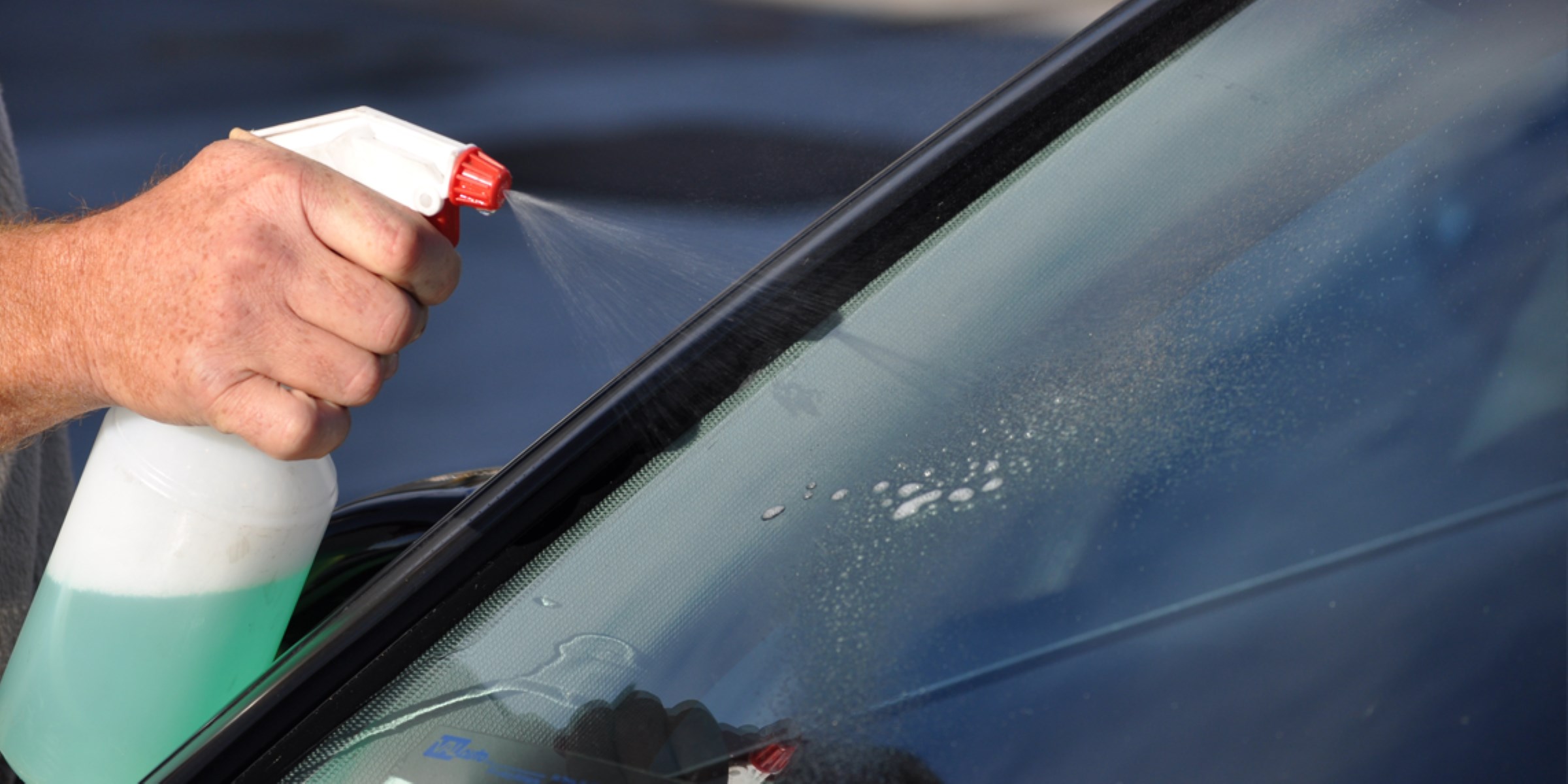
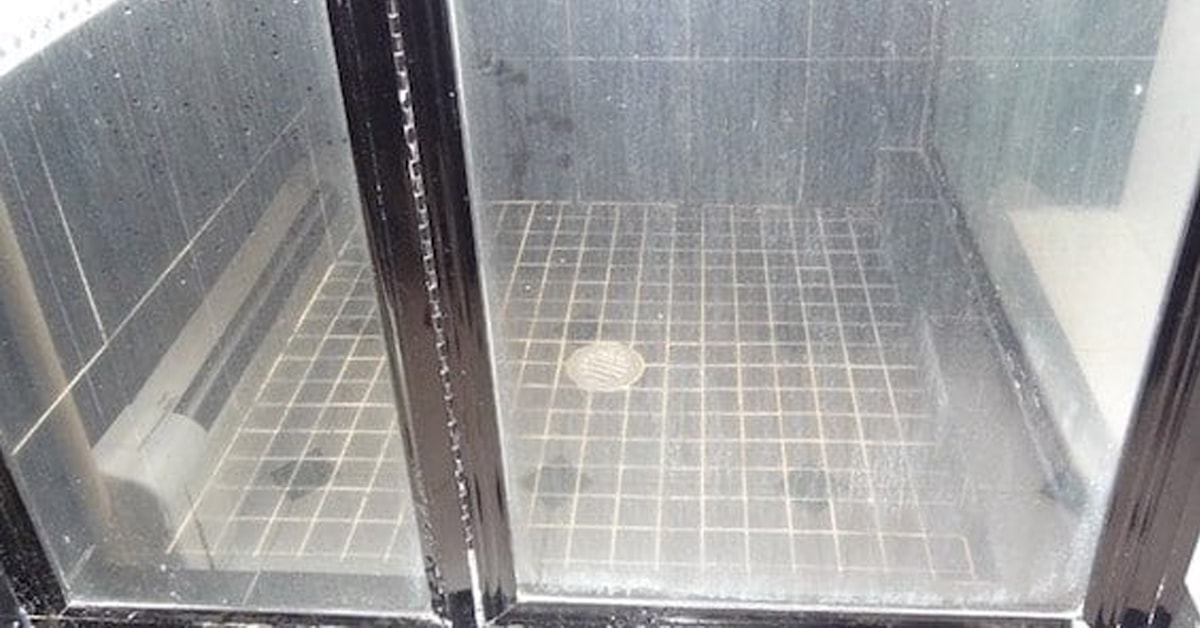
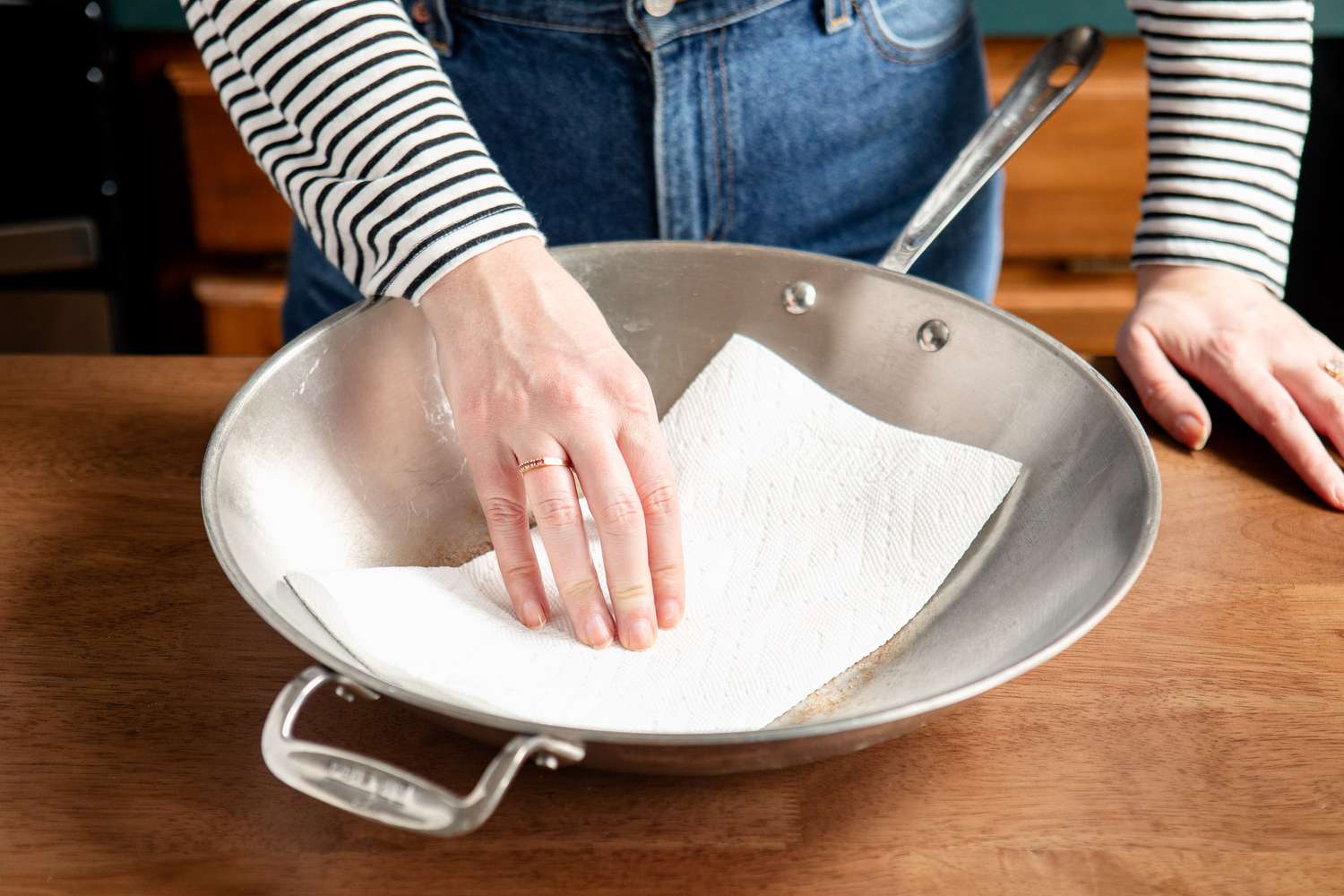
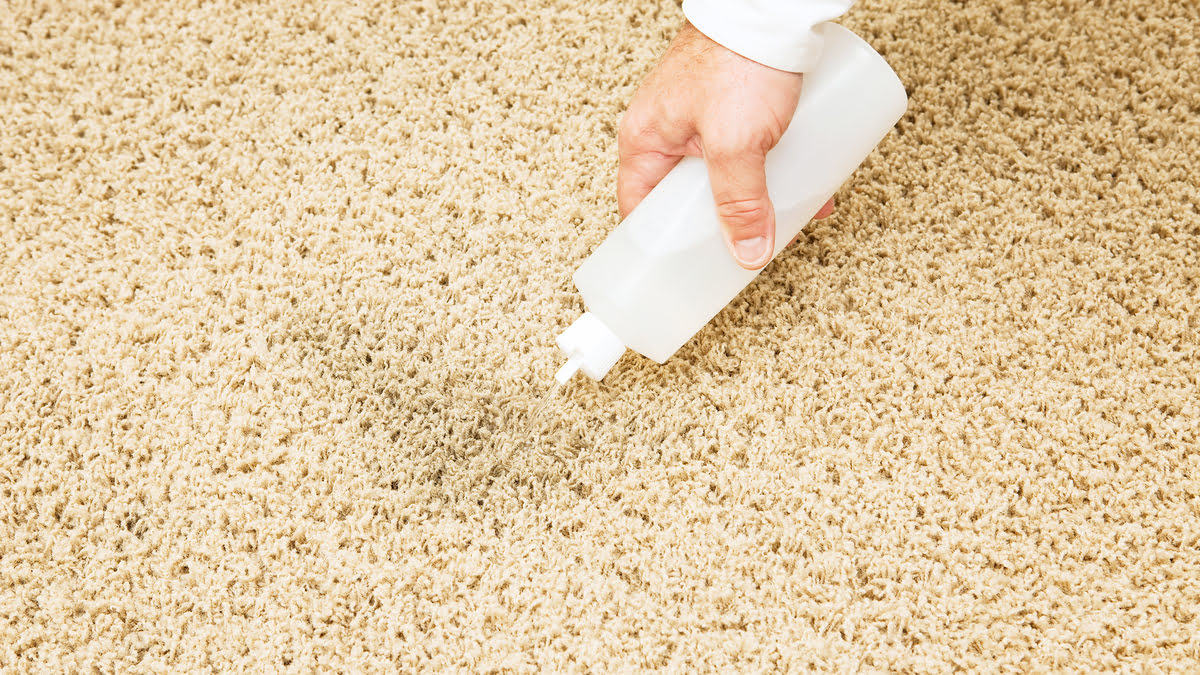
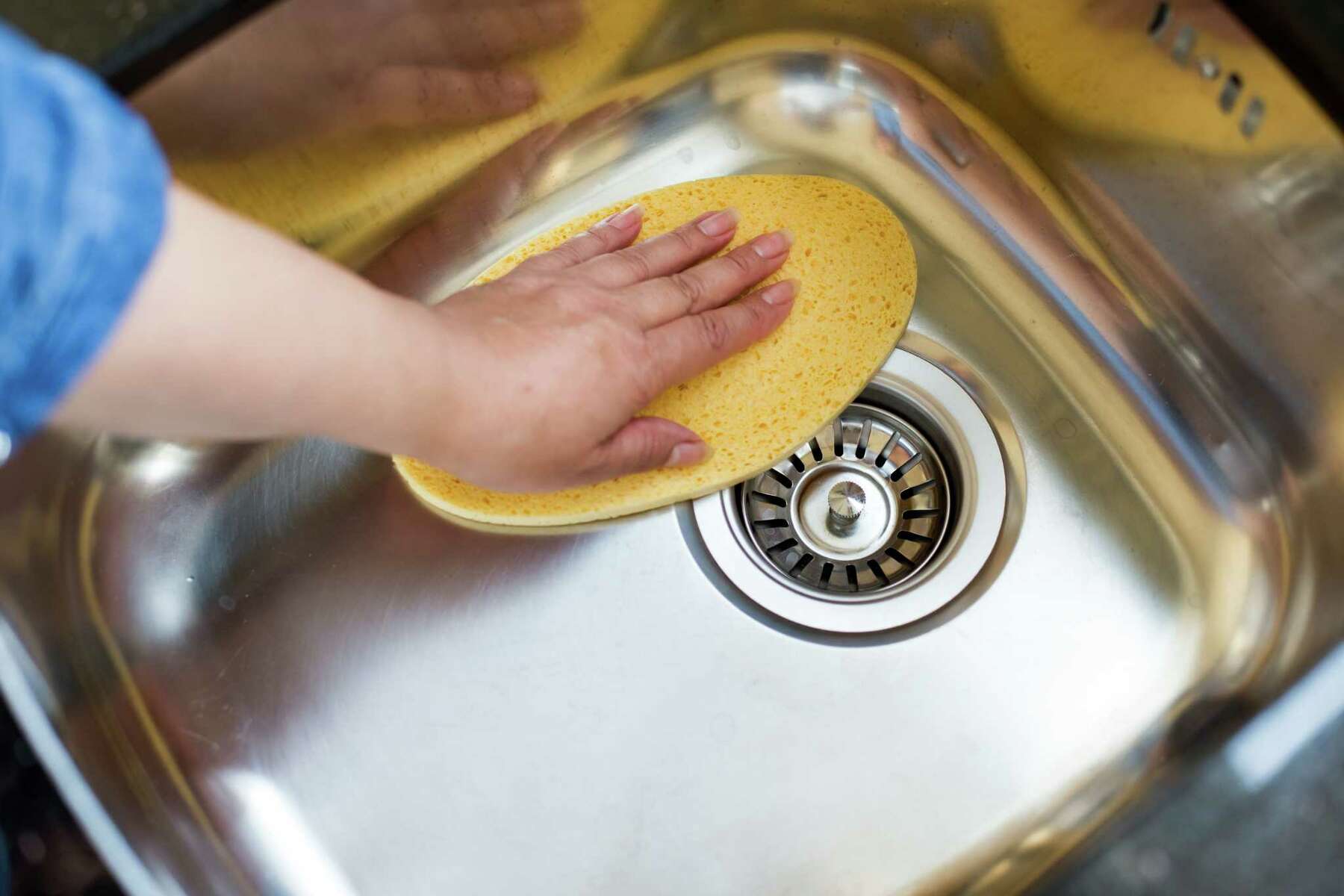
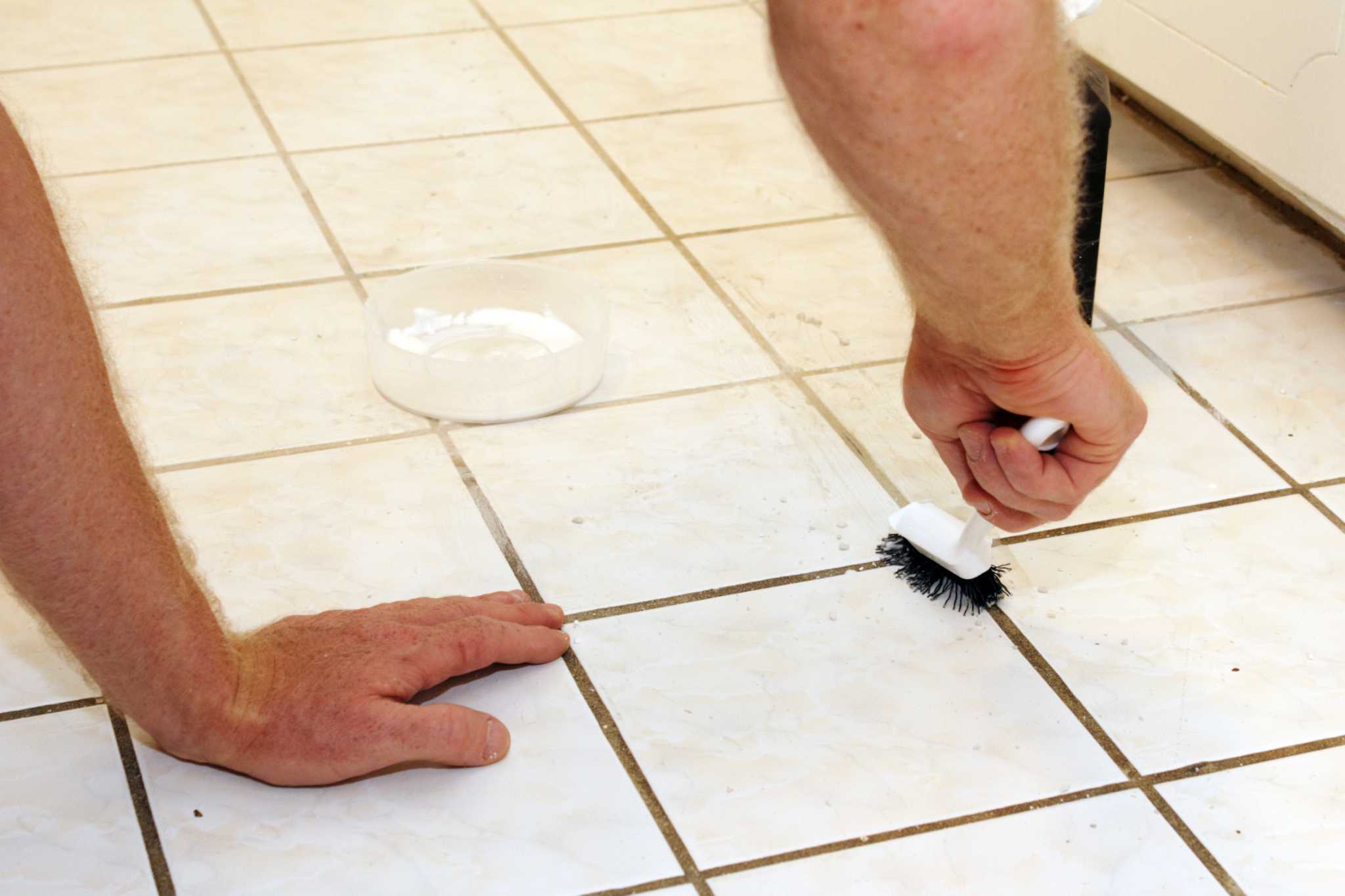

0 thoughts on “How To Remove Water Stains From Wood: 8 Fixes Experts Use”